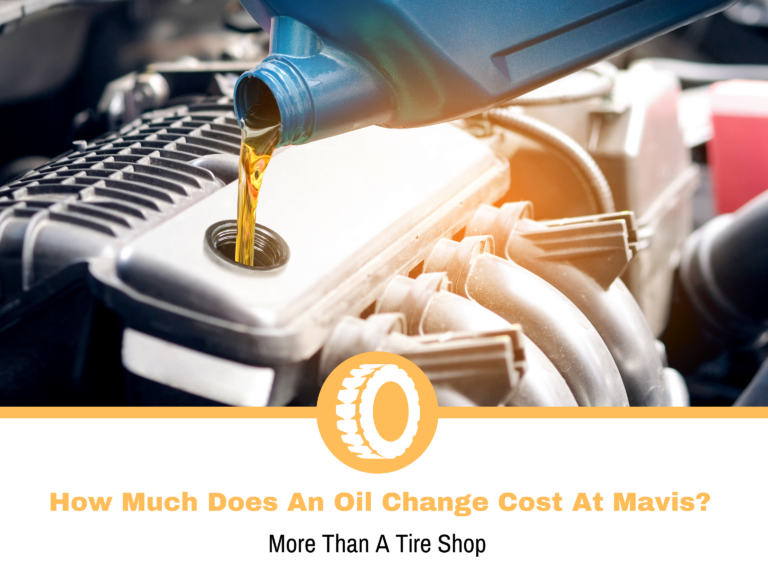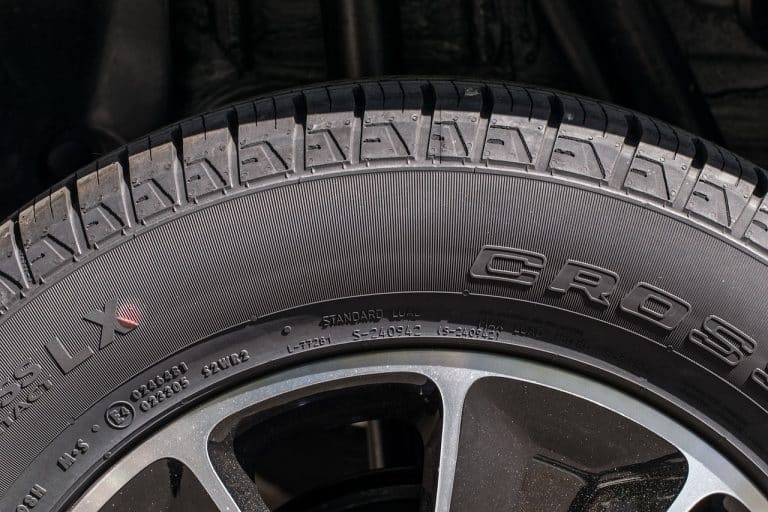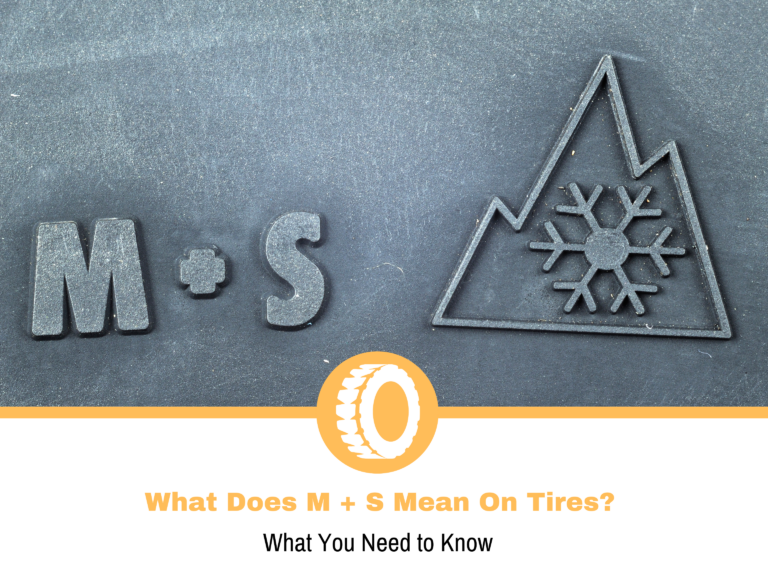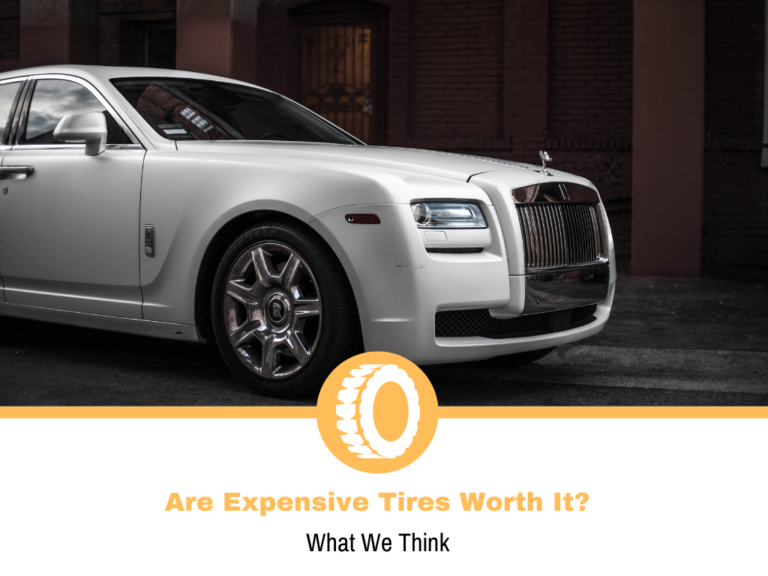Eco-Tires: How Creating Better Tires is Good For Everyone
Over 200,000 tonnes of tiny plastic particles blow from our roads into the oceans every year, according to a study in Nature Communications. The study suggests that particles carried in the air and wind are among the primary sources of ocean pollution. They are more substantial than plastics carried through rivers and other waterways. The study focused on particles produced by tires and brake pads and how damaging they can be.
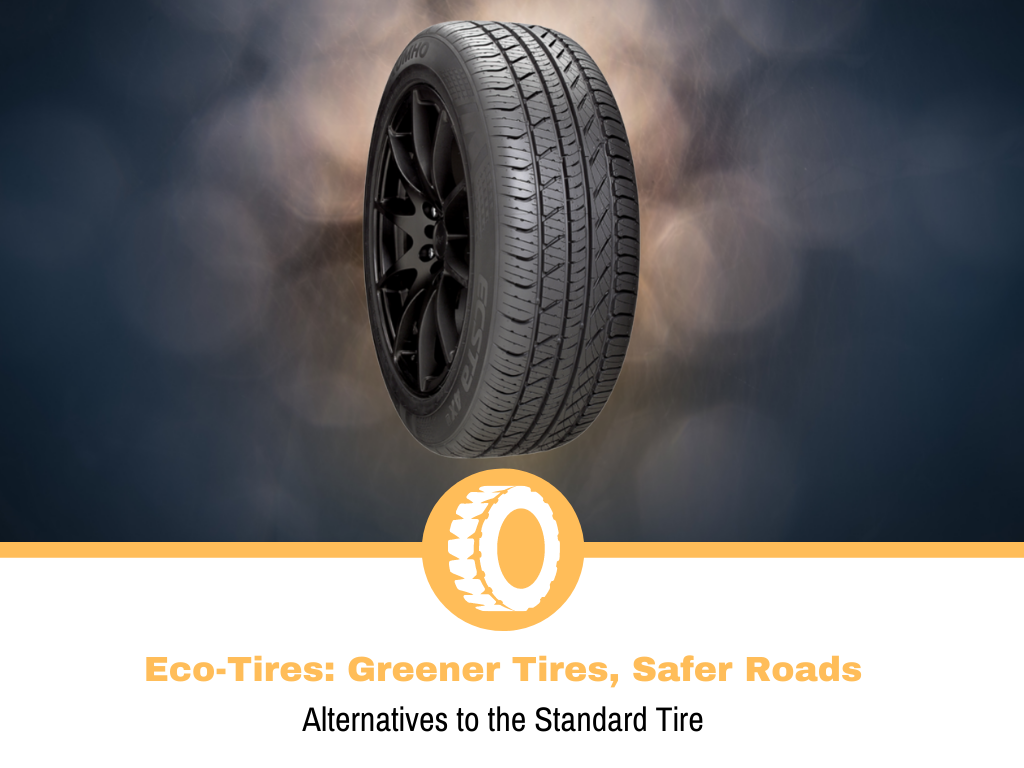
Eco-conscious drivers may already be doing all they can to minimize the environmental impact of their driving. This may include their choice of tires but manufacturers are recognizing the need to do more. Microplastic pollution has damaged many environments around the world. From Arctic snow to Alpine soils, microplastics are being discovered in unnatural and unwanted places. As tires are proven to contribute to this, we need to find sustainable and eco-friendly alternatives to the standard tire.
The Makeup of a Standard Tire
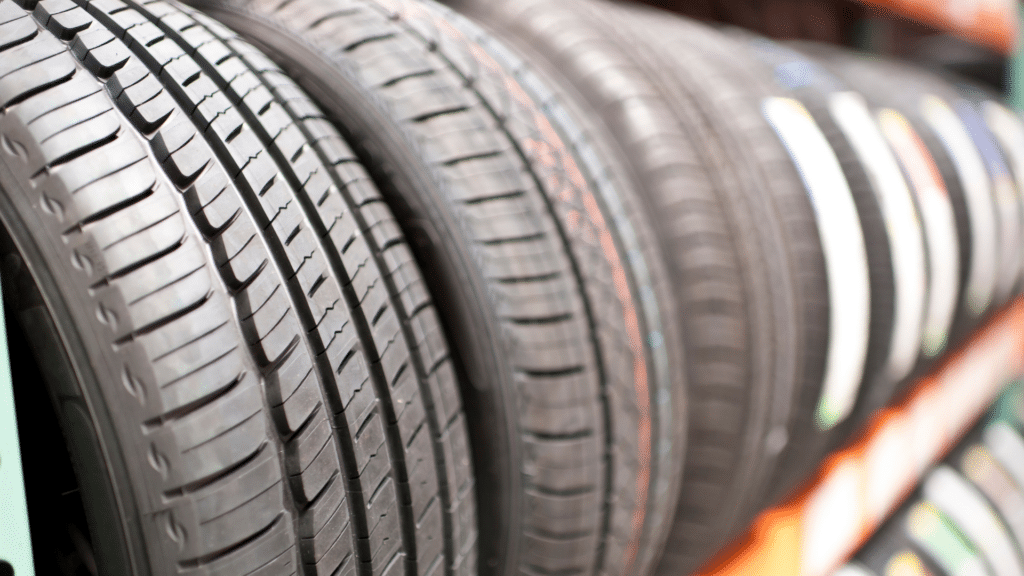
Before the invention of cars, we made wheels from wood or stone. To create a smoother ride people then began to add leather and rubberized tires for comfort. After the invention of the car, the pneumatic or air-filled tire was quick to follow.
The first pneumatic tires were made using rubber from rubber trees and so completely natural. However, this created mass deforestation on a level that showed demand for rubber to far outstrip the amount available.
German chemist Bayer invented the first commercial synthetic rubber in 1909. By 1910, this material was in use for vehicle tires. In the US, chemical company DuPont was industrializing synthetic rubber for manufacturing. It soon became a core component of almost all tires.
It differs from brand to brand, but the average tire today consists of around 19% natural rubber and 24% synthetic rubber, which is where those dangerous microplastics come from. Beyond the makeup of each tire, we also have to consider the environmental impact of tire manufacturing. This extends from deforestation to the use of fossil fuels in the tire assembly process. The average car tire requires on average seven gallons of oil throughout manufacturing.
The environmental impact of manufacturing tires is a worry on its own. However, when put alongside the microplastic production and the impact when they are improperly disposed of, it becomes a huge environmental concern.
Incorrect Disposal of Rubber Tires

Disposing of old tires is not something many of us think about, as we usually use a professional service for tire replacement and removal. Yet, not disposing of tires or recycling them can lead to the following environmental issues:
Soil Leaching
Tires left to decompose in landfill break down and their chemicals leach into the soil. This contaminates it and with rainwater spreading. The contaminants quickly and easily spread into the soil and further away from the landfill, contaminating the surrounding area and making it hazardous for wildlife, trees, and plants.
Pest Habitats
Allowing tires to sit and rot into the ground will soon see an increase in and interest from pests of all kinds. Tires left to collect old water will attract mosquitoes that use water for reproduction. Rats and mice will also see it as a source of drinking water, furthering their chances of reproducing too. This is a regular occurrence in landfills.
Overflowing and Spreading of Trash
Tires piling up at the landfill site contribute to overflowing and spillages. The US has over 3000 active landfills and every day, more trash appears, despite the fact that they are already overflowing. Tires are large and take up a lot of space, so every new dumped tire is creating a further problem. Many landfills have banned the disposal of tires altogether due to this, but that doesn’t stop them turning up.
Creating an Eco-Friendly Tire
The need to minimize the ecological impact of tires means there are a wide range of different approaches from different manufacturers looking to create a more sustainable and eco-friendy tire.
Tire Construction
Constructing an eco-friendlier tire involves the need for better construction and minimizing the need for synthetic rubber. Tire brands are attempting to replace rubber with synthetic, non-plastic-based blends. Silica is one of the key components of some newer tires. It has the dual benefit of replacing the rubber and reducing road friction.
Tires constructed with fuel efficiency in mind can also benefit the environment. This is in terms of reduction in fuel needed and minimizing the spread of microplastics. Tires with stiffer sidewalls produce less heat, for example, which in turn gives the tire a longer lifespan.
Plant-based materials have also been incorporated into tire manufacturing and construction. Sunflower oil can replace petroleum in some tires and a naturally-derived latex can replace some rubber.
Lowering Rolling Resistance
Rolling resistance is the technical description of the energy loss that happens as tires deform against the road. Conserving energy by lowering rolling resistance increases fuel and energy efficiency. Rolling resistance can account for as much as 15% of fuel consumption in the average domestic vehicle and this goes up to as much as 30% for commercial vehicles. Low rolling resistance tires have become a lot more common. They can reduce fuel consumption by 2-3%. This may not seem a lot, but when you consider every vehicle, it builds up, and is also beneficial to your bank balance.
Dandelion Rubber
Finding a naturally occurring alternative to the rubber from trees is one of the least environmentally damaging options out there. German tire makers Continental have pinpointed the replacement taraxagum as a leading choice for them in the race to replace rubber. This substance is in around 1200 different plant species. The Russian dandelion is the most attractive choice. This is because it takes less than a year to grow. This ensures the tire manufacturing process is not delayed or demand outstrips production.
3D Printed Eco Tires
3D printing has become more common in many different industries. Tire manufacturers are looking at ways they can make use of it for better, more adaptive and safer tires. 3D printing allows for fully customized tires, suitable for summer or winter, and they need no inflation. 3D printed tires use biodegradable materials and are a more sustainable alternative to traditional rubber tires. From a safety perspective they are airless, so eliminate the risk of blow out or tire rupture.
Magnetic Levitation
Concepts beyond simply changing the makeup of a tire may seem a little far-fetched. However, Goodyear’s Eagle 360 Urban tire utilizes magnetic levitation to connect the tire and the car. The tires are completely round and connected to the car using magnetic fields. They also use AI to help the tire transform and adapt, depending on the road conditions. Goodyear describes their tire as having a “bionic skin,” which is flexible, like human skin. Their design is a completely new direction for tires to go in. The questions lie around whether it is viable for large-scale reproduction.
Responsible Rubber Sourcing
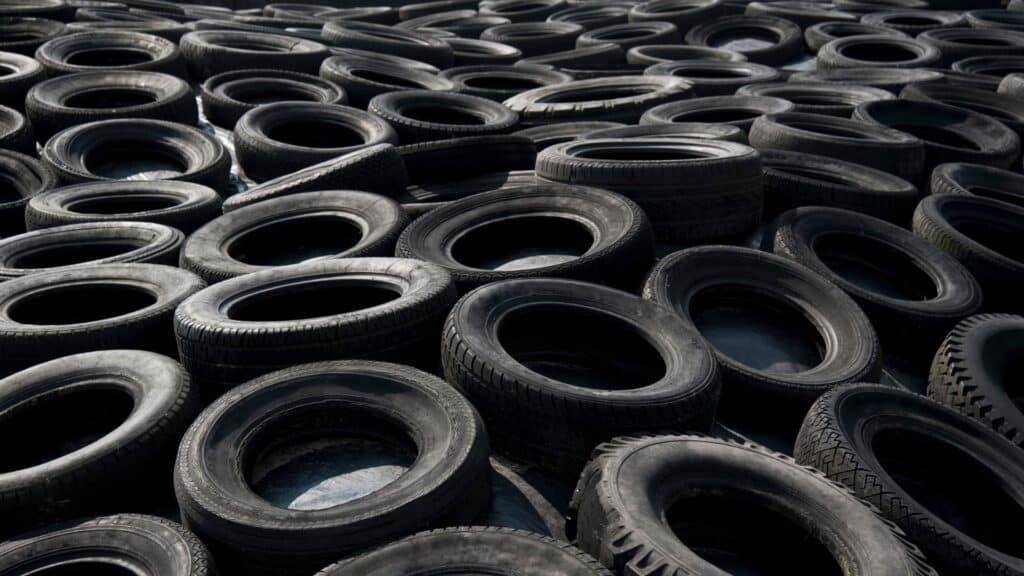
Since 2016, more tire manufacturers have committed to responsible sourcing of their rubber. This doesn’t solve the microplastics issue highlighted in Nature Communications, but it does mean that sustainability is more important when sourcing rubber. Michelin were the first tire company to make a change. They teamed up with WWF and put in place a sourcing policy for their tire rubber.
Other leading brands including Pirelli, Goodyear, Hankook and Bridgestone quickly followed suit. These companies all have a commitment to responsibility when sourcing rubber for their tires. In the wider automotive industry, General Motors, Toyota and BMW have also committed to responsible sourcing of rubber for their vehicles. Other brands have taken the approach of producing their own sustainable natural rubbers. This commitment to a better quality of rubber, without total deforestation is an eco-conscious choice. Consumers should recognize this commitment.
WWF considers rubber akin to palm oil, soy or paper. The organization believes it needs the same level of sustainability criteria applied to protect forests and farms, and to ensure production is ethical and sustainable. While there are technologies and developments trying to make tires more eco-friendly and to remove the need for rubber, for these to become mainstream is a long process. Right now, finding sustainable ways to manage the current rubber stock and supply chain is also necessary.
Environmental Measures in the Wider Automotive Industry
The impact of tires on the environment should not be underestimated or downplayed, but it is unfortunately only one of many factors the automotive sector has to consider if it hopes to become green and environmentally focused. Three key areas to consider for cleaning up the automotive industry include:
1. Emissions Management
All vehicles emit a constant stream of gases and other materials. These emissions contribute to global warming. Since cars became the norm, global warming has become a bigger problem. A commitment to cutting emissions has become something consumers expect of vehicle manufacturers. Companies including BMW, Groupe Renault and Mercedes-Benz AG have approved science-based targets for cutting their emissions, setting out a clear strategy and transition to electric only vehicles.
2. Electrifying Fleets
High-use and fleet vehicles should be prioritized to be fully electrified. Companies reliant on vehicles for their business should commit to electrifying their fleets as quickly as is feasibly possible. This will cut the impact of their vehicles on the environment. Mail trucks, delivery vehicles and taxis switching to electric would see the demand for a proper charging infrastructure increase. This makes it more viable for the average driver to opt for electric, too.
3. Green Production
Making production and manufacturing more eco-friendly has always been difficult. Some machinery and processes have been the same for decades and are fit for purpose, aside from their environmental impact. Manufacturers are opting to use recyclable and eco-friendly materials when designing and creating vehicles. For example, the use of lighter, malleable metals such as aluminum will lead to more efficient, cheaper, and environmentally friendly cars in the future.
As always, different manufacturers have their own approaches to the future of manufacturing. However, most consumers now expect the companies they endorse to respect the environment, and this includes vehicle and tire manufacturers. Consumers want to see what can be done to make driving and vehicles as eco-friendly as possible. This is especially true as their impact on the environment is so significant.
Greener Tires, Safer Roads
As electric vehicles become an expectation not a novelty, it’s understandable that vehicle owners want other elements of their cars to be as eco-friendly as possible. As manufacturers and scientists are showing, tires can easily be made more responsibly and can utilize materials that are less damaging to the environment. With so much plastic traveling from our roads to the oceans and causing irreparable damage to marine life and the world’s ecosystems, it’s clear just how important change is.
By committing to greener and more eco-friendly tire manufacturing and in the final product itself, companies are showing their understanding of the risk the environment is constantly under. From revolutionary printing technologies and magnetically-connected tires to plant-based natural and responsible materials, there are many choices for producers to create a better alternative to the standard tire.
